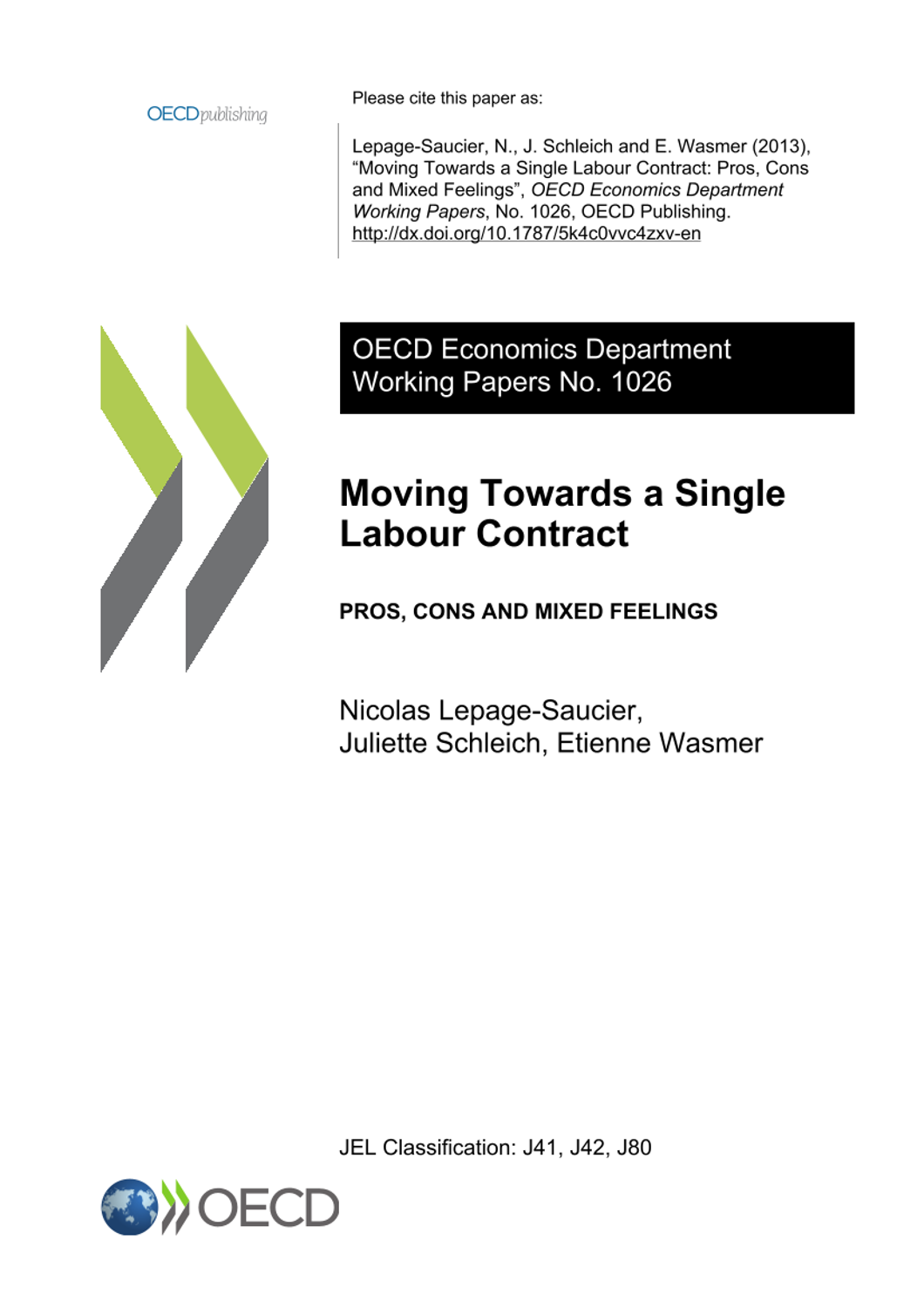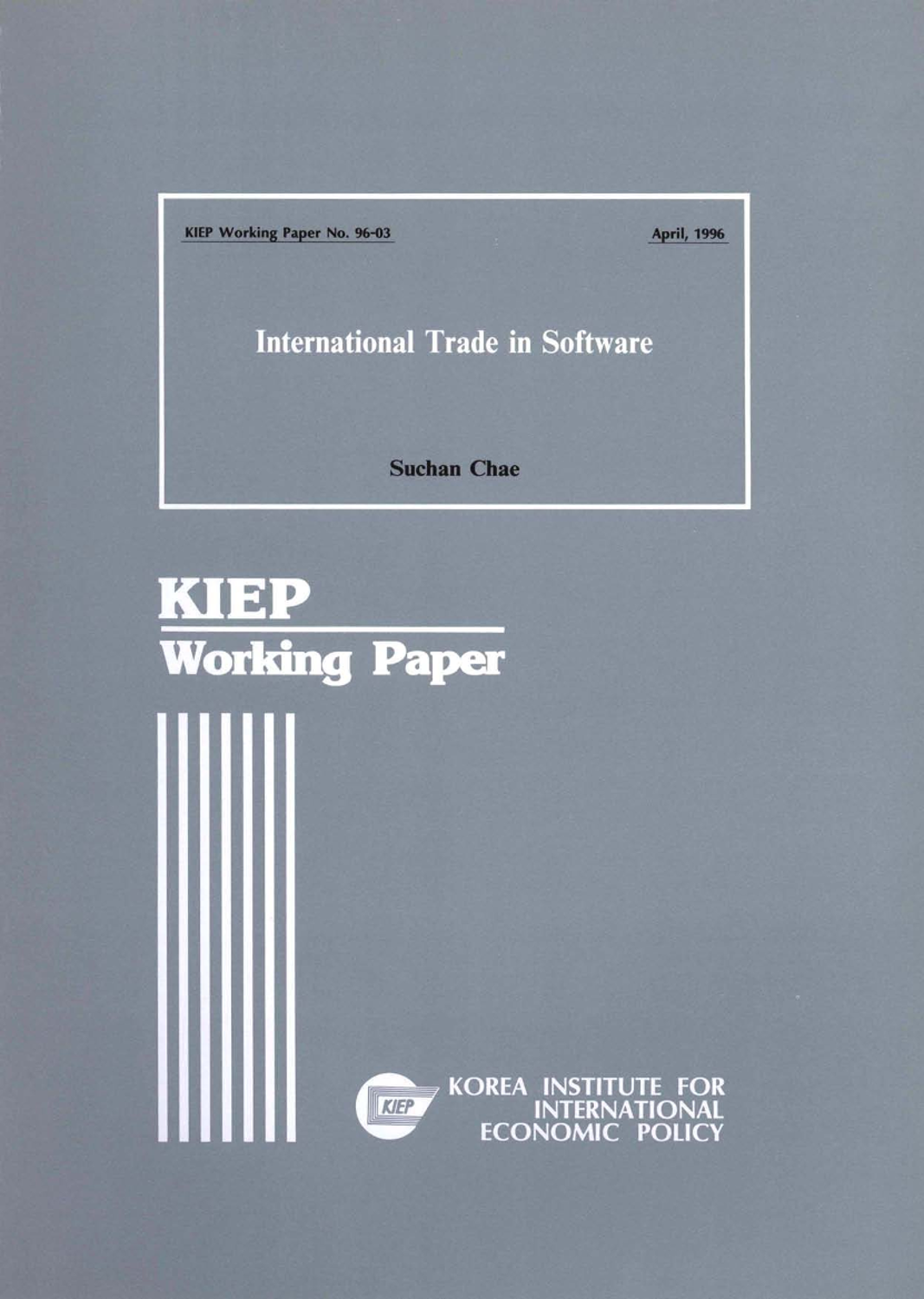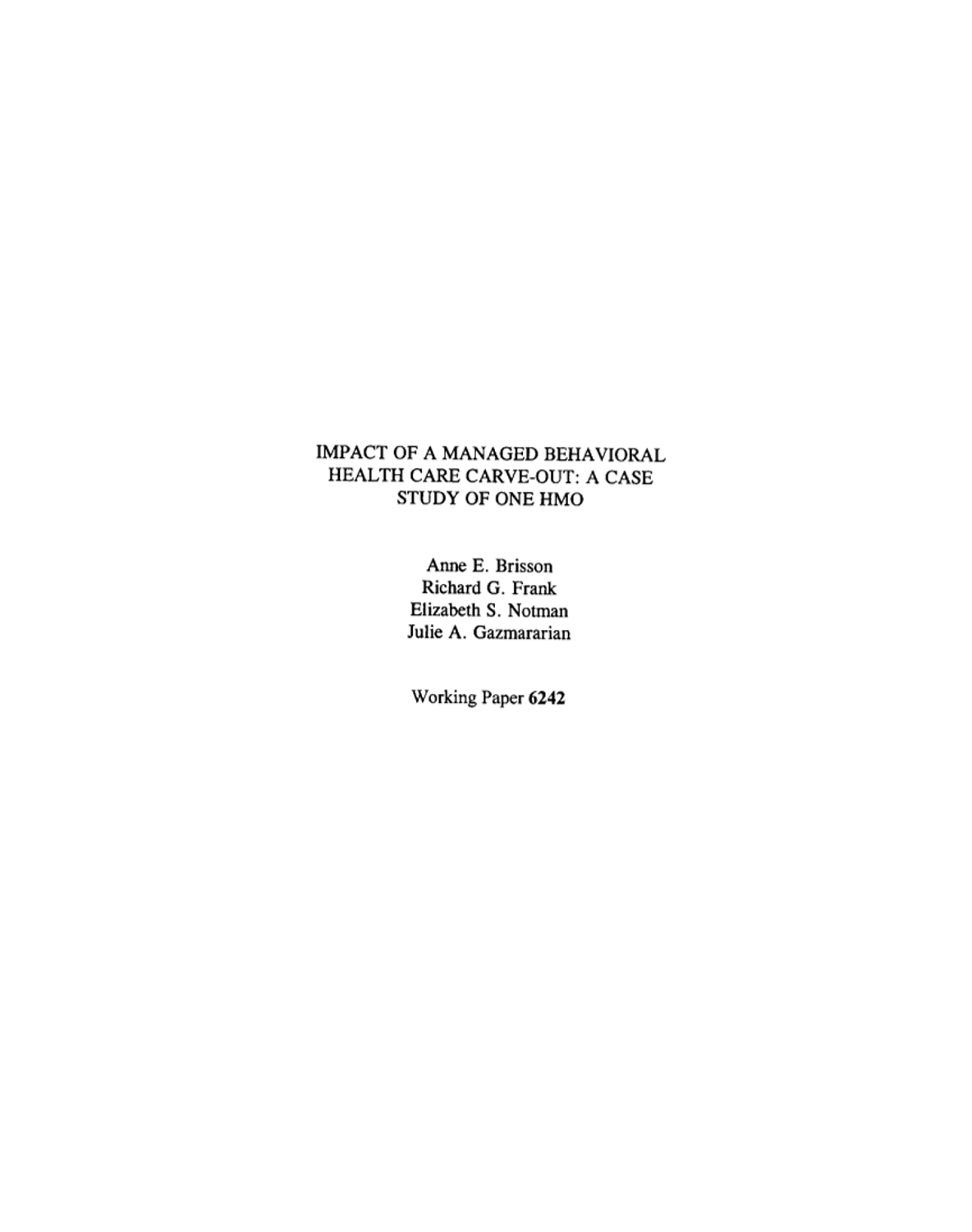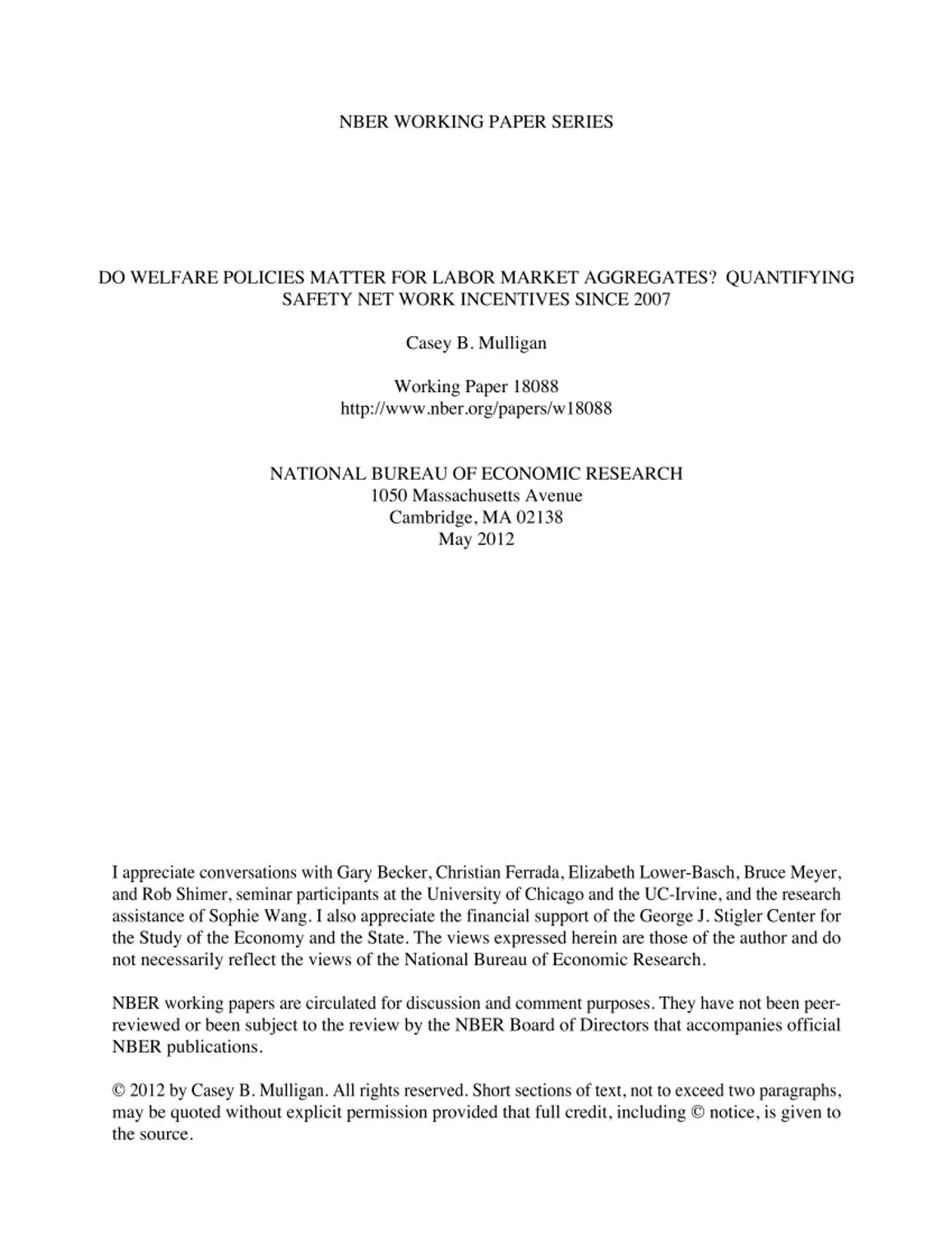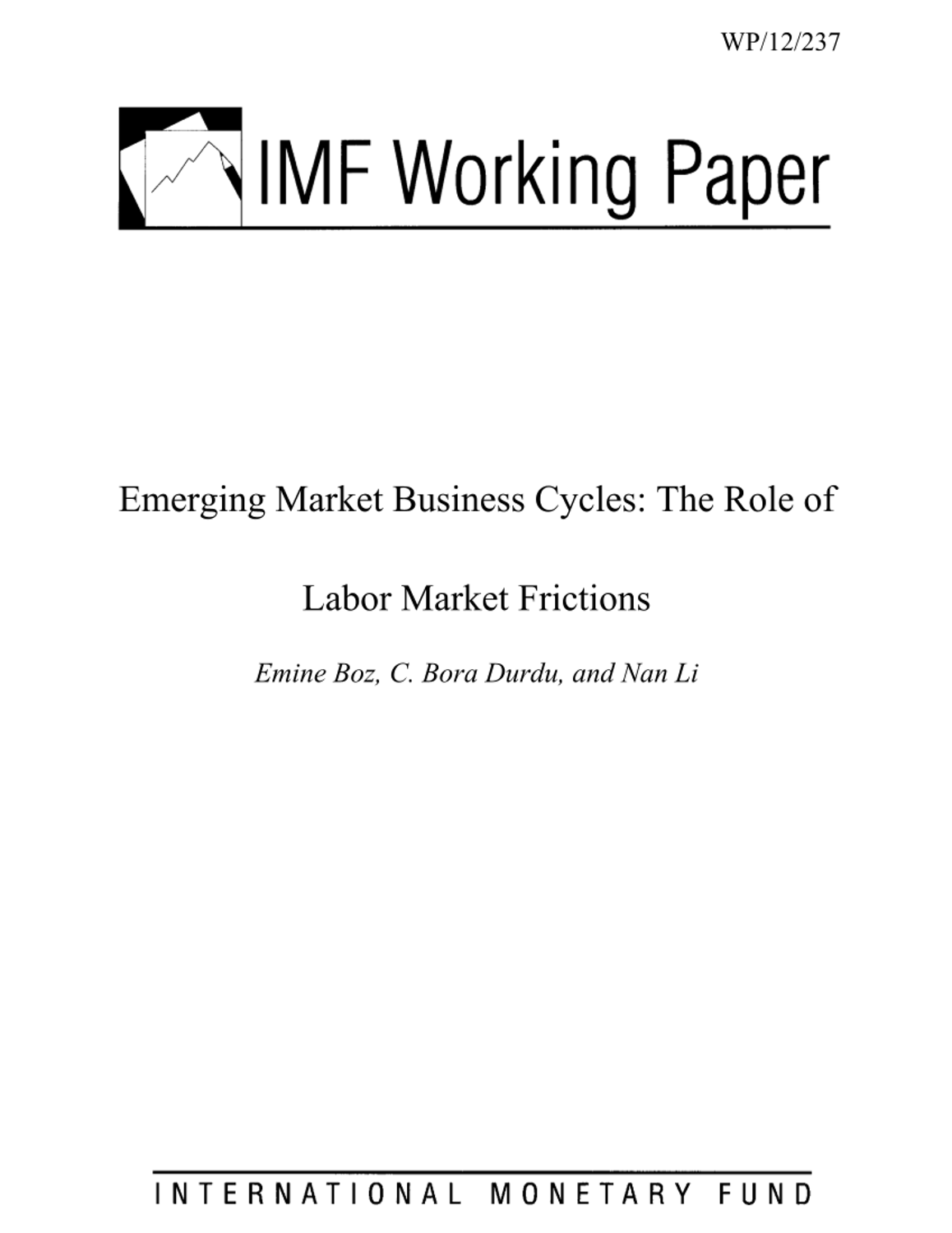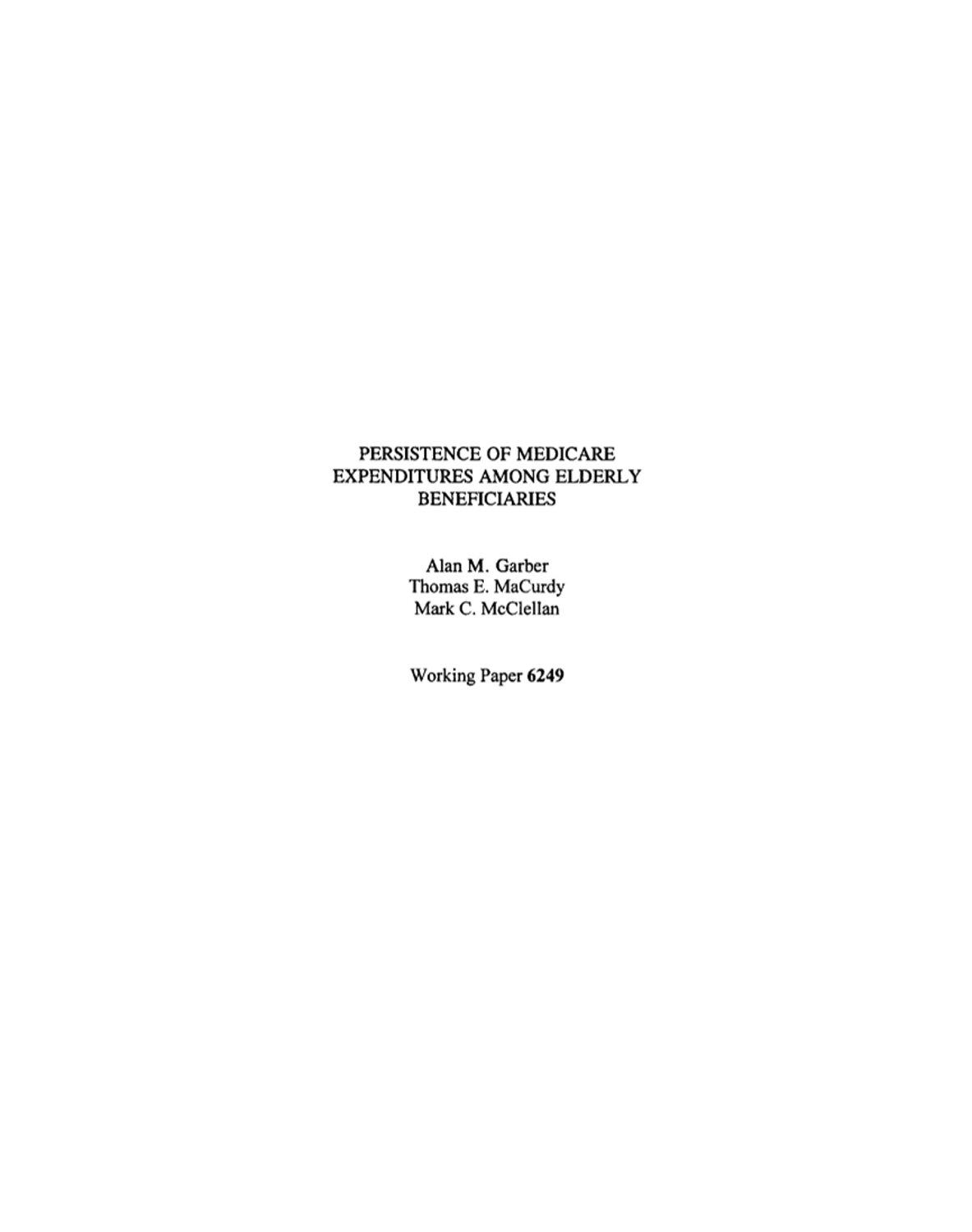연구보고서OECD Economics Department Working Papers 1026
Moving towards a single labour contract: pros, cons and mixed feelings
- 청구기호
- WP 1026
- 발행사항
- France : OECD, 2013
- 형태사항
- 83 p. :. PDF file ;. 2,394 KB
- 바로가기
소장정보
| 위치 | 등록번호 | 청구기호 / 출력 | 상태 | 반납예정일 |
|---|---|---|---|---|
이용 가능 (1) | ||||
| E0001794 | 대출가능 | - | ||
이용 가능 (1)
- 등록번호
- E0001794
- 상태/반납예정일
- 대출가능
- -
- 위치/청구기호(출력)
책 소개
This paper discusses the pros and cons of a single labour contract. After reviewing the current state of dualism in labour markets and the recent labour reforms in Europe, we discuss the various proposals to eliminate dualism. Next, we emphasise the costs of dualism and discuss whether they would be addressed by introducing a single labour contract. We notably introduce a distinction between reforms based on introducing a single contract with progressive seniority rights (CPSR) or a single contract with long probation periods (CLPP).We argue that their gains and costs are very different, especially with regards to the stigma effects and dualism. We also consider alternative reforms: the introduction of a single labour contract as such, and alternative reforms independent of the labour contract but addressing the issue of dualism (training, access to housing and to credit) and compare their costs and benefits.
We then build a simple model where both temporary and permanent contracts are available to firms. We use it to describe the demand for temporary contracts and the potential consequences of removing them and reach the following conclusions. First, employment protection has a moderate negative impact on employment, which can be mitigated when temporary contracts are available. Second, the elimination of temporary contracts decreases total employment (by 7 percentage points according to our calculations). Offsetting this effect would require an ambitious reform of employment protection laws of permanent contracts (in this specific setup, amounting to a cut in layoff costs by two thirds). Finally, the coexistence of temporary and permanent contracts may also have negative effects on social norms within the firm and workers'' motivation and eliminating temporary contracts could therefore enhance productivity in this context.
We conclude that while there are costs to dualism, these are not as obvious and well established as the ones triggered by employment protection itself. Further, the single employment contract may partly be a qui pro quo (misunderstanding) Instead, more clarity on the objectives of a labour reform is needed.

